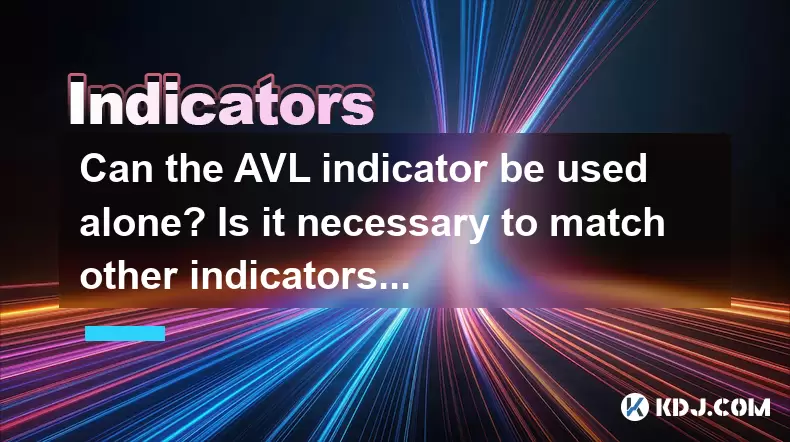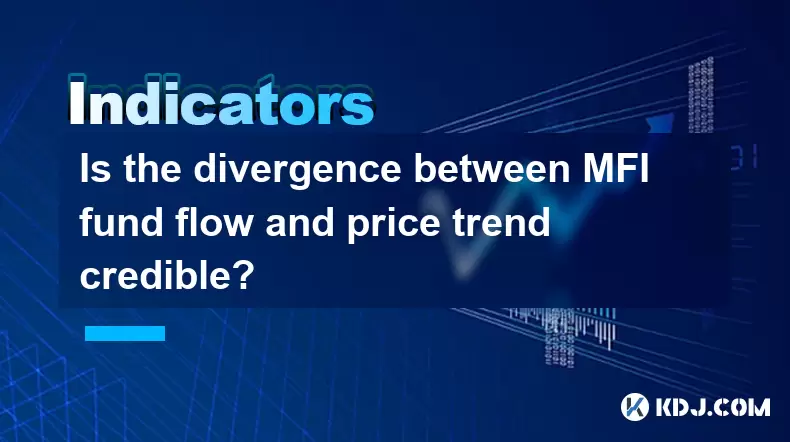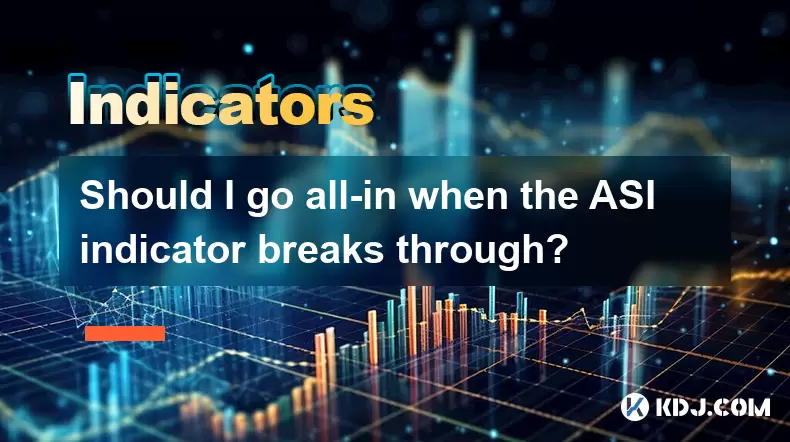-
 Bitcoin
Bitcoin $115600
-1.99% -
 Ethereum
Ethereum $3630
1.08% -
 XRP
XRP $3.083
-0.76% -
 Tether USDt
Tether USDt $1.000
-0.04% -
 BNB
BNB $761.7
-0.34% -
 Solana
Solana $178.8
-3.64% -
 USDC
USDC $1.000
0.02% -
 Dogecoin
Dogecoin $0.2273
-3.60% -
 TRON
TRON $0.3138
3.02% -
 Cardano
Cardano $0.8009
0.54% -
 Hyperliquid
Hyperliquid $42.11
-2.45% -
 Stellar
Stellar $0.4151
-1.11% -
 Sui
Sui $3.649
-0.60% -
 Chainlink
Chainlink $17.50
-2.14% -
 Bitcoin Cash
Bitcoin Cash $523.8
3.98% -
 Hedera
Hedera $0.2369
-1.63% -
 Avalanche
Avalanche $23.15
-1.55% -
 Litecoin
Litecoin $110.3
-0.73% -
 UNUS SED LEO
UNUS SED LEO $8.953
-0.38% -
 Shiba Inu
Shiba Inu $0.00001329
-1.83% -
 Toncoin
Toncoin $3.089
-1.67% -
 Ethena USDe
Ethena USDe $1.001
-0.03% -
 Polkadot
Polkadot $3.934
-2.93% -
 Uniswap
Uniswap $9.967
-1.82% -
 Monero
Monero $332.3
5.75% -
 Dai
Dai $1.000
-0.01% -
 Bitget Token
Bitget Token $4.425
-4.47% -
 Pepe
Pepe $0.00001200
-4.16% -
 Aave
Aave $286.9
0.01% -
 Cronos
Cronos $0.1260
5.04%
Can the AVL indicator be used alone? Is it necessary to match other indicators?
The AVL indicator calculates average volume over a period and plots it with price action, helping traders gauge trend strength in the crypto market.
May 25, 2025 at 07:56 am

Understanding the AVL Indicator
The AVL (Average Volume Line) indicator is a technical analysis tool used in the cryptocurrency market to gauge the strength of a trend based on volume. The AVL indicator calculates the average volume over a specified period and plots this data on a chart alongside the price action. This helps traders understand whether a price movement is backed by sufficient trading volume, which can be a key indicator of the sustainability of a trend.
Using the AVL Indicator Alone
Traders often debate whether the AVL indicator can be used effectively on its own. The AVL indicator is powerful for identifying the strength of trends through volume analysis. When used alone, it can help traders confirm whether a breakout or a reversal is supported by significant volume. For instance, if the price of a cryptocurrency breaks out to a new high and the AVL indicator also shows a corresponding increase in volume, it suggests that the breakout is likely to be sustained.
However, relying solely on the AVL indicator might not provide a complete picture of the market. Volume data alone does not account for other market dynamics such as price patterns, momentum, and sentiment. Therefore, while the AVL can be a valuable standalone tool for volume analysis, it might miss out on other critical market signals that could enhance trading decisions.
Necessity of Combining with Other Indicators
To address the limitations of using the AVL indicator alone, many traders find it beneficial to combine it with other technical indicators. Combining the AVL with indicators like the Moving Average Convergence Divergence (MACD), Relative Strength Index (RSI), or Bollinger Bands can provide a more holistic view of the market.
For example, pairing the AVL with the MACD can help traders identify both the strength of a trend (through volume) and the momentum behind it. If the AVL shows high volume during a price increase and the MACD indicates positive momentum, this could signal a strong bullish trend. Conversely, if the AVL shows declining volume while the MACD indicates weakening momentum, it might suggest that the current trend is losing steam.
Practical Application of AVL with Other Indicators
Here's how you can practically apply the AVL indicator in conjunction with other tools:
- Open your trading platform and ensure you have the AVL indicator added to your chart. Most platforms allow you to add custom indicators or select them from a list of available tools.
- Add the MACD indicator to the same chart. You can usually do this by selecting 'Indicators' from the menu and choosing MACD from the list.
- Observe the price action alongside the AVL and MACD. Look for instances where the price moves in a direction and the AVL shows corresponding volume changes. If the MACD confirms this trend with its momentum signals, you have a stronger case for entering a trade.
- Set up alerts if your platform allows it. You can set alerts for specific levels on the AVL or MACD to notify you when certain conditions are met, enhancing your ability to react quickly to market changes.
Case Study: Using AVL and RSI Together
A practical example of using the AVL in conjunction with the RSI can illustrate the benefits of this approach. Suppose you are analyzing the price chart of Bitcoin. You notice that Bitcoin's price is trending upwards, and the AVL shows increasing volume during this uptrend. However, the RSI is approaching overbought territory (above 70).
In this scenario, the AVL confirms the strength of the trend through volume, while the RSI warns of potential overbought conditions. This combination can help you make a more informed decision. You might choose to enter a long position given the strong volume support but set a tight stop-loss near the current price level due to the RSI indicating possible overbought conditions.
Limitations of the AVL Indicator
While the AVL indicator is useful, it's important to understand its limitations. The AVL indicator does not predict future price movements; it only provides historical volume data. Additionally, volume spikes can sometimes be misleading, as they might be caused by large trades from a single entity rather than widespread market interest.
Furthermore, the AVL indicator may not be as effective in less liquid markets where volume data can be erratic. In such cases, the indicator might give false signals, leading to potential misinterpretations of market trends.
Frequently Asked Questions
Q: Can the AVL indicator be used for short-term trading?
A: Yes, the AVL indicator can be used for short-term trading. It can help identify short-term volume spikes that might signal quick price movements. However, for short-term trading, it's often more effective when combined with other indicators that focus on price action and momentum.
Q: How does the AVL indicator perform in different market conditions?
A: The AVL indicator tends to perform well in trending markets where volume changes are more pronounced and correlated with price movements. In range-bound or choppy markets, the AVL might give less reliable signals due to the lack of clear trends.
Q: Is there a specific time frame that works best with the AVL indicator?
A: The effectiveness of the AVL indicator can vary depending on the time frame. Shorter time frames like 15-minute or 1-hour charts can show more immediate volume changes, while longer time frames like daily or weekly charts can provide a broader view of volume trends. Traders should experiment with different time frames to find what works best for their trading style.
Q: Can the AVL indicator be customized for different cryptocurrencies?
A: Yes, the AVL indicator can be customized for different cryptocurrencies. Most trading platforms allow you to adjust the settings of the indicator, such as the period over which the average volume is calculated, to better suit the specific trading characteristics of different cryptocurrencies.
Disclaimer:info@kdj.com
The information provided is not trading advice. kdj.com does not assume any responsibility for any investments made based on the information provided in this article. Cryptocurrencies are highly volatile and it is highly recommended that you invest with caution after thorough research!
If you believe that the content used on this website infringes your copyright, please contact us immediately (info@kdj.com) and we will delete it promptly.
- XRP, Ripple, and Crypto: Riding the Wave in the Digital Asset Sea
- 2025-07-25 13:10:12
- Bitcoin, Crypto, and Ethereum: Navigating the New York Minute Market
- 2025-07-25 13:30:12
- SYRUP Listing, DeFi Lending, and Institutional Adoption: A New Era?
- 2025-07-25 13:30:12
- Binance Coin (BNB) Technical Breakout: Eyes on $1,200 Target
- 2025-07-25 13:35:12
- NFTs, Trademarks, and Judgments: A New York Minute on the Yuga Labs Case
- 2025-07-25 12:30:11
- Bitcoin, Nativo Resources, and Gold Operations: A New Era for Corporate Treasury
- 2025-07-25 12:50:11
Related knowledge

Is the divergence between MFI fund flow and price trend credible?
Jul 25,2025 at 12:01pm
Understanding MFI and Fund Flow in Cryptocurrency MarketsThe Money Flow Index (MFI) is a technical oscillator that combines price and volume to assess...

Should I go all-in when the ASI indicator breaks through?
Jul 25,2025 at 01:56pm
Understanding the ASI Indicator and Its SignificanceThe Accumulation Swing Index (ASI) is a technical analysis tool developed by Welles Wilder, the sa...

Should I go all in when DIF crosses DEA?
Jul 25,2025 at 12:42am
Understanding DIF and DEA in MACD AnalysisWhen traders analyze DIF and DEA in the context of the Moving Average Convergence Divergence (MACD) indicato...

Should I go all in when the upper edge of the box is broken?
Jul 25,2025 at 01:50am
Understanding the 'Box' in Cryptocurrency Price ChartsThe term 'box' in cryptocurrency trading typically refers to a price consolidation range where t...

Should I go all in when the parabolic turning signal appears?
Jul 25,2025 at 06:36am
Understanding the Parabolic Turning Signal in Crypto TradingThe parabolic turning signal is a technical indicator derived from the Parabolic SAR (Stop...

Should I follow up with a full position when the trading volume suddenly increases?
Jul 25,2025 at 12:28am
Understanding Sudden Increases in Trading VolumeA sudden spike in trading volume often signals heightened market activity and can indicate that new in...

Is the divergence between MFI fund flow and price trend credible?
Jul 25,2025 at 12:01pm
Understanding MFI and Fund Flow in Cryptocurrency MarketsThe Money Flow Index (MFI) is a technical oscillator that combines price and volume to assess...

Should I go all-in when the ASI indicator breaks through?
Jul 25,2025 at 01:56pm
Understanding the ASI Indicator and Its SignificanceThe Accumulation Swing Index (ASI) is a technical analysis tool developed by Welles Wilder, the sa...

Should I go all in when DIF crosses DEA?
Jul 25,2025 at 12:42am
Understanding DIF and DEA in MACD AnalysisWhen traders analyze DIF and DEA in the context of the Moving Average Convergence Divergence (MACD) indicato...

Should I go all in when the upper edge of the box is broken?
Jul 25,2025 at 01:50am
Understanding the 'Box' in Cryptocurrency Price ChartsThe term 'box' in cryptocurrency trading typically refers to a price consolidation range where t...

Should I go all in when the parabolic turning signal appears?
Jul 25,2025 at 06:36am
Understanding the Parabolic Turning Signal in Crypto TradingThe parabolic turning signal is a technical indicator derived from the Parabolic SAR (Stop...

Should I follow up with a full position when the trading volume suddenly increases?
Jul 25,2025 at 12:28am
Understanding Sudden Increases in Trading VolumeA sudden spike in trading volume often signals heightened market activity and can indicate that new in...
See all articles

























































































